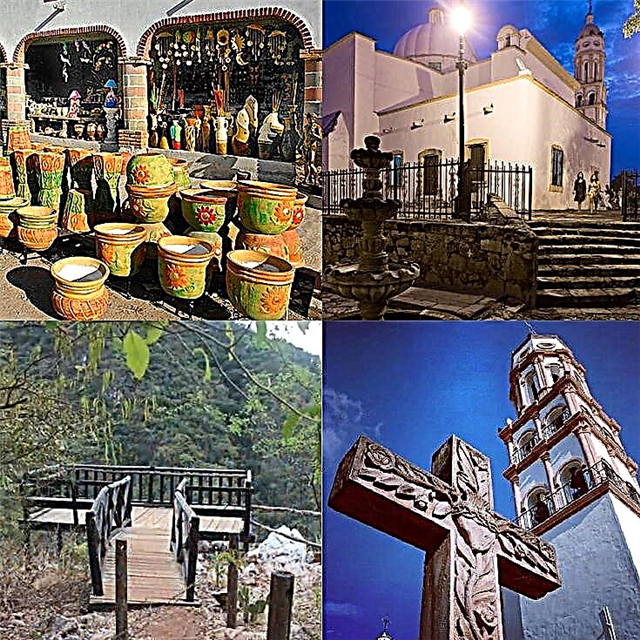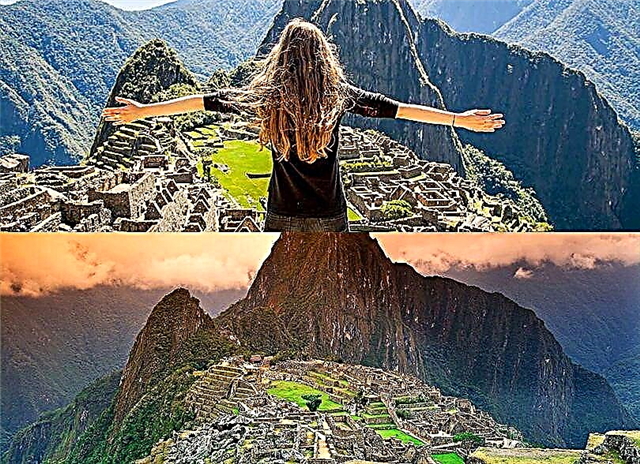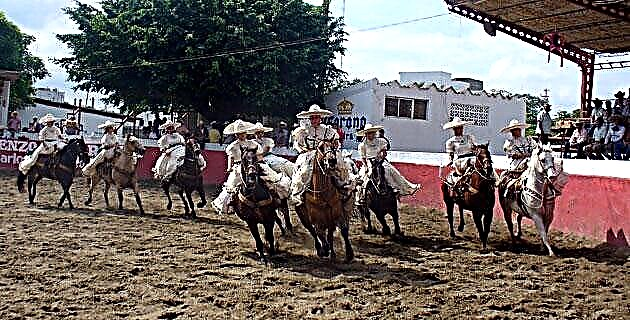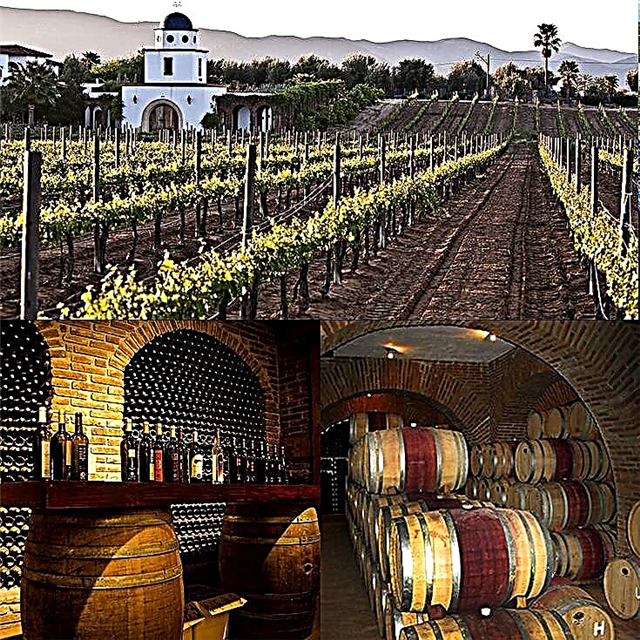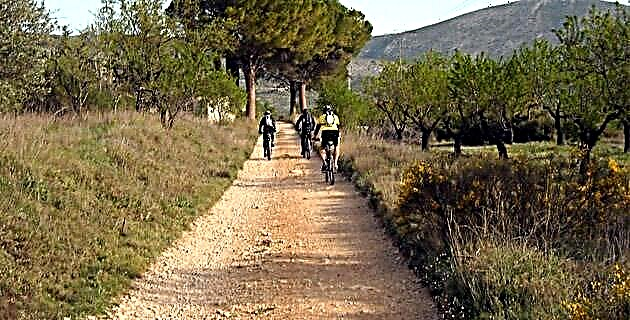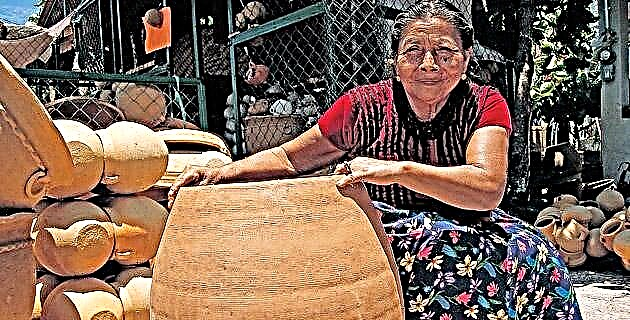
Due to its geographical location, Ixtepec was a transit population that served as access to the people of the Sierra Madre from the north of Oaxaca to the Isthmus of Tehuantepec.
Although there are divergences regarding the meaning of Ixtepec, most agree that it means “Cerro de ixtle”. The ixtle is a variety of agave similar to the maguey, whose fibers are used to make ropes.
Thanks to its geographical location and that it served as access to the towns of the Sierra to the north of Oaxaca towards the Isthmus, from the 19th century foreign investors were interested in the construction of an interoceanic railway that would be very important since the Panama Canal. The Pan-American railroad was inaugurated in 1907 and left Ixtepec heading for Chiapas, on the border with Guatemala. However, the decline soon began with the construction of the Panama Canal in 1914. This short-lived boom led to the migration of a large number of foreigners to the region.
Until recently, in Ixtepec it was still possible to see old pre-conquest Zapotec clay figurines, especially in the Huana-Milpería neighborhood and near the Los Perros river that runs through the community.
THEIR PARTIES
Ixtepec has managed to preserve its traditions and customs and today they are admired and respected throughout the state: costumes, candles, calendas, Fruit Spins, the Paseo Convite and dances.
Without a doubt, the San Jerónimo Doctor Patron Saint Fair, which takes place from September 20 to October 4, is the most important and colorful in the entire region.
For the celebration, the stewardship is committed to the community to take care of the Patron Saint, that there are no lack of flowers and candles on his altar, and will also organize the patronal feast.
On September 29, the eve of the “Patron Saint's Day”, the Convite Walk and the Fruit Throw take place in the afternoon through the streets of the city until it ends in front of the church.
The captain carries the banner with all her companions who in turn carry candles, flowers, fruits, cloth, paper flags and toys that they give to visitors. Afterwards, the floats parade where beautiful young women dressed in their best regional finery and splendid gold jewels make the journey.
In the "calendas", night parades that leave from the butler's house to the temple, people carry green reeds, lighted ocotes, palm hats, lanterns made with reeds and multicolored china paper, petate bulls, fireworks and, of course, the inevitable music band of the town. The parade is closed by a group of young riders who show off their equestrian skills.
Immediately afterwards, the famous “Vela” takes place, a dance that takes place under the cover of two huge curtains and begins when the captain arrives with her group of guests. Traditional sounds are danced: "La Sandunga", "La llorona," La Petrona "," La tortuga "and" La tortolita ". The dance ends until the early hours of the next day.
During the party, the new queen of the "Candle" and her princesses are designated among the young women, an act attended by authorities of the region.
On September 30, the bull captain organizes "water intake" for the bulls that will be fought on October 1 and 2.
It is important to mention that, as part of the preparations, “Calendas y Velas” have been organized a week before, such as the “Vela Ixtepecana” (September 25), the “Vela de San Jerónimo” (September 27) and the popular "Vela de Didxazá" (September 20 and 23) which has been held since 1990, and which aims to rescue and preserve Zapotec traditions. Also from the year 2000 “La Guelaguetza” was included with regional groups in the state.
OTHER RICHES
But Ixtepec also has enormous natural and archaeological wealth.
Nizanda, a short distance from the community, is a true paradise. You can still see the old railway station of the town and the houses that are made up of two adobe and tile rooms supported by rounded wooden orcons.
With indications from the locals, we reached the spring and began the journey through a path of exuberant vegetation. Along it runs a small river, full of lilies, which later gives rise to pools of clean and crystalline water. Further on we find a huge canyon with a pool of warm water and a small beach.
As we move along the river, sprouts of hot springs appear that mix with the water that comes down from the river. For all this and much more, Nizanda is a must for nature lovers.
Closer to Ixtepec is Tlacotepec, whose clear, warm water spring is the preferred spa for the locals, and also has an interesting 16th century chapel.
At the top of Cerro de Zopiluapam, five kilometers from Ixtepec, we are surprised by some magnificent red cave paintings that are on slate-type rocks with semi-flat faces. In them are richly dressed characters; one shows an open-mouthed feline mask with serpentine fangs; another carries a feather headdress, and one more wears a diadem, knee pads and the body, like the other characters, is painted with red stripes.
The paintings belong to the Postclassic, as confirmed by the ceramics found on the hill. The protection of paintings is urgent, since they are deteriorating at an accelerated rate.
Ixtepec is, in addition to traditions and natural places, people with a kind, friendly and hospitable treatment. Its excellent food, sweets, liquors, the house of culture, the beautiful church of San Jerónimo Doctor, its old neighborhoods, in short, everything invites you to visit this rich and beautiful corner of our country.


